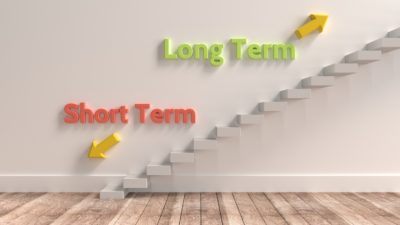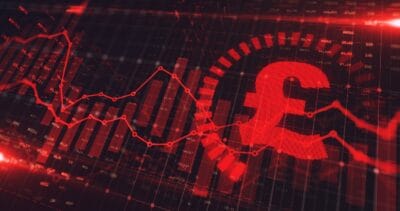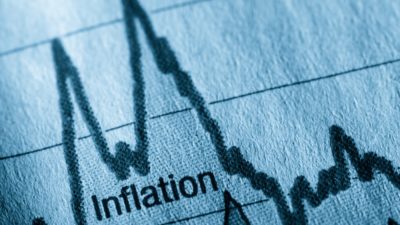Before I decide whether to buy a company’s shares, I always like to look at two core financial ratios — return on equity and net gearing.
These two ratios provide an indication of how successful a company is at generating profits using shareholders’ funds and debt, and they have a strong influence on dividend payments and share price growth.
Today, I’m going to take a look at the UK’s third-largest listed utility, SSE (LSE: SSE), to see how attractive it looks on these two measures.
Return on equity
The return a company generates on its shareholders’ funds is known as return on equity, or ROE. Return on equity can be calculated by dividing a company’s annual profit by its equity (ie, the difference between its total assets and its total liabilities) and is expressed as a percentage.
SSE’s return on equity has varied dramatically over the last five years. This has been due variously to changing commodity costs, adjustments to the book values of its power stations, and to capital expenditure commitments:
| SSE | 2009 | 2010 | 2011 | 2012 | 2013 | Average |
|---|---|---|---|---|---|---|
| ROE | 0.04% | 39.5% | 28.9% | 8.7% | 12.7% | 18.0% |
Underlying the yearly figures, SSE’s five-year average ROE of 18% seems quite attractive. However, for a meaningful comparison, we need to look at the ROE delivered by SSE’s peers, and their relative usage of debt.
What about debt?
A key weakness of ROE is that it doesn’t show how much debt a company is using to boost its returns. My preferred way of measuring a company’s debt is by looking at its net gearing — the ratio of net debt to equity.
In the table below, I’ve listed SSE’s net gearing and ROE alongside those of its largest UK-listed peers, Centrica and National Grid:
| Company | Net gearing | 5-year average ROE |
|---|---|---|
| Centrica | 74.1% | 16.7% |
| SSE | 100.0% | 18.0% |
| National Grid | 215.0% | 26.4% |
SSE’s ROE and net gearing suggest that it is being effectively run and delivering strong returns for shareholders.
Although the gearing figures might seem high, regulated utility businesses do not carry the same level of credit risk as regular companies, as the prices they charge are directly linked to their debt costs.
Is SSE a buy?
SSE’s share price has risen by 22% over the last year, outperforming the FTSE 100, which has gained 15% over the last twelve months.
Although SSE shares are no longer cheap, they offer a 5.4% prospective yield, which is backed by SSE’s 14-year track record of above-inflation dividend increases. I expect SSE to continue to deliver reliable dividend growth, so I rate SSE as a buy.
Finding market-beating returns
Finding shares that can beat the market over a long period is hard, but if you already hold SSE stock, then you might be interested in learning about five star shares that have been identified by the Fool’s team of analysts as “5 Shares To Retire On“.
I own three of the shares featured in this free report, and I don’t mind admitting they are amongst the most successful investments I’ve ever made.
To find out the identity of these five companies, click here to download your copy of this report now, while it’s still available.
> Roland owns shares in SSE but does not own shares in any of the other companies mentioned in this article.







